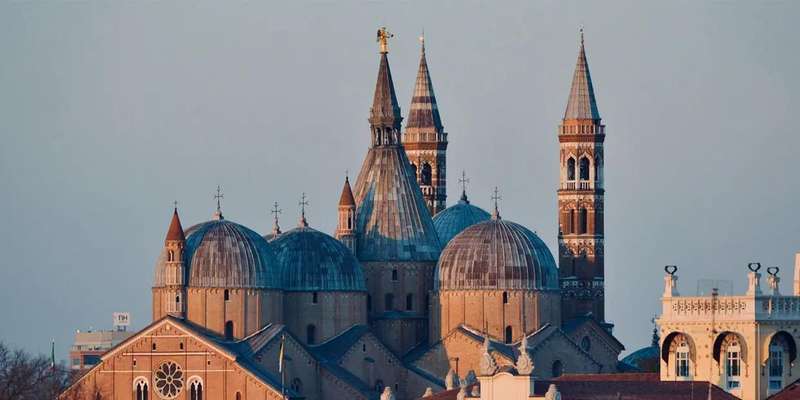- Home
- Useful Tips
- Finding Padua's best preserved...
Most visitors to Padua rush between the Scrovegni Chapel and Basilica, missing the city's remarkable medieval merchant houses that whisper tales of 14th-century trade empires. Over 60% of cultural travelers report frustration at overlooking authentic historical sites due to poor signage or lack of awareness. These overlooked architectural treasures—where Venetian merchants brokered silk and spice deals—contain Italy's best-preserved private fresco cycles, yet remain trapped between tourist maps and academic studies. The challenge lies in identifying which palazzi maintain original features amid modern shops, accessing their hidden courtyards without intruding on private spaces, and understanding the stories behind weathered stone lions and faded heraldry. For history lovers, bypassing these time capsules means missing Padua's true character beyond its famous attractions.


Decoding merchant house architecture in Padua's maze-like center
Padua's merchant houses reveal themselves through distinctive architectural fingerprints often missed by untrained eyes. Look for ground-floor porticos with uneven columns—these were designed to accommodate market stalls during trading hours, with wider spans indicating wealthier owners. First-floor 'piano nobile' windows feature trefoil arches or quatrefoil designs in Istrian stone, while later Renaissance modifications typically add symmetrical square windows. The most authentic specimens cluster along Via Roma and Via Dante, where original iron torch holders still protrude beside doors. Key identifiers include external staircases (originally removable for defense) and carved stone 'misura' marks showing official measurement standards for cloth merchants. Local historians note that intact wooden beam ceilings—visible in houses like Palazzo Zuckermann—prove a building escaped major fires that ravaged the city in 1390 and 1420.
Three merchant houses with astonishing original interiors
While many palazzi now house banks or offices, three exceptional merchant homes preserve interiors frozen in time. Casa di Ezzelino near Piazza delle Erbe retains its 13th-century courtyard well and a rare surviving 'albergo' (merchant guesthouse) with original brick oven. Palazzo Angeli at Via VIII Febbraio 13 boasts Europe's oldest private pharmacy (1386), its walnut shelves still holding albarello pottery. The real jewel is Palazzo Zabarella—though partially modernized, its second-floor warehouse maintains original hemp rope pulleys and ledger stones marking spice sack weights. Access requires timing: Palazzo Angeli opens for Heritage Days, while Palazzo Zabarella allows small groups by prior appointment through Padua's tourism office. For independent visits, the ground-level loggia of Casa Romanin Jacur displays magnificent fresco fragments visible anytime.
A self-guided walking route past lesser-known facades
Create your own merchant house discovery trail starting at the forgotten Palazzo Peruzzi near Ponte Molino. Its river-facing facade shows three distinct construction phases visible in brickwork patterns. Walk south along Via Marsala noting house numbers 12 and 20—both maintain original 'sporti' (overhanging wooden balconies) where merchants displayed wares. Detour down Vicolo Squarcione to spot a rare surviving external staircase at Casa Contarini. The route culminates at Palazzo della Ragione's western wall, where 14th-century shopfronts embedded in the base reveal medieval retail spaces. Early mornings (before 9am) offer ideal lighting to appreciate stone carvings without crowds. Carry a small mirror to examine ceiling details in portico shadows—this local trick reveals hidden crests and construction dates carved on beam ends.
When to visit for exclusive access to closed properties
Padua's most remarkable merchant houses open their doors during limited annual events that few tourists mark on calendars. The Settimana della Cultura each April grants access to Palazzo Folco with its intact silk weighing room, while the FAI Spring Days unlock Palazzo Selvatico's extraordinary ledger wall paintings. University-run evening lectures at Palazzo Cavalli sometimes include cellar visits to medieval wine storage vaults. For guaranteed access, the Padova Card includes a monthly 'Palazzi Aperti' tour (limited to 15 participants) that visits two normally closed properties with art historians. Off-season visitors from November to February will find caretakers more willing to permit brief courtyard visits—especially if you can reference the building's history. A respectful request at Palazzo Zaborra's antique bookshop often earns a peek at the original 1391 warehouse beams above modern shelves.



